What is Aluminum Oxide Ceramics?
Alumina ceramics, also known as alumina ceramics, ceramic alumina or Al₂O₃ ceramics, are one of the most important and versatile advanced technical ceramics in modern engineering. Alumina combines excellent mechanical strength, hardness, corrosion resistance, thermal stability and electrical insulation, making it the material of choice for demanding applications where metals and polymers are prone to failure.
At Chiho Ceramics, we draw on decades of expertise in precision ceramic processing to provide high-purity alumina ceramics with consistent quality, dimensional accuracy, and superior performance. Our production capabilities cover a wide range of products from alumina ceramic tubes and rods to precision alumina ceramic parts for highly specialized industries.
Alumina Ceramics Characteristics and Advantages
The properties of alumina ceramic materials have made them a leader in industrial materials:
Is aluminum oxide ceramic durable?
“Are aluminum oxide ceramics durable?” This question is often asked by engineers and buyers. The answer is yes.
Due to their superior hardness, corrosion resistance and high temperature stability, alumina ceramics have a service life far exceeding that of metals, plastics and glass, especially under abrasive, high load and extreme high temperature conditions.
Alumina Ceramics Applications
Alumina ceramics have excellent hardness and abrasion resistance, corrosion resistance and electrical insulation, and maintain stable mechanical and chemical properties at high temperatures and in harsh environments. Meanwhile, due to its good processing performance and high cost performance, it is widely used in electronics, machinery, chemical industry and other industries.

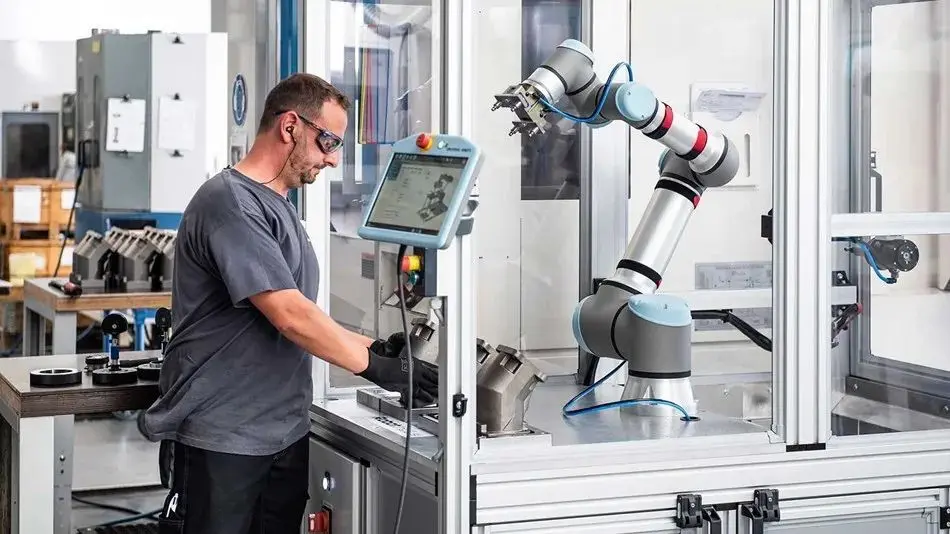

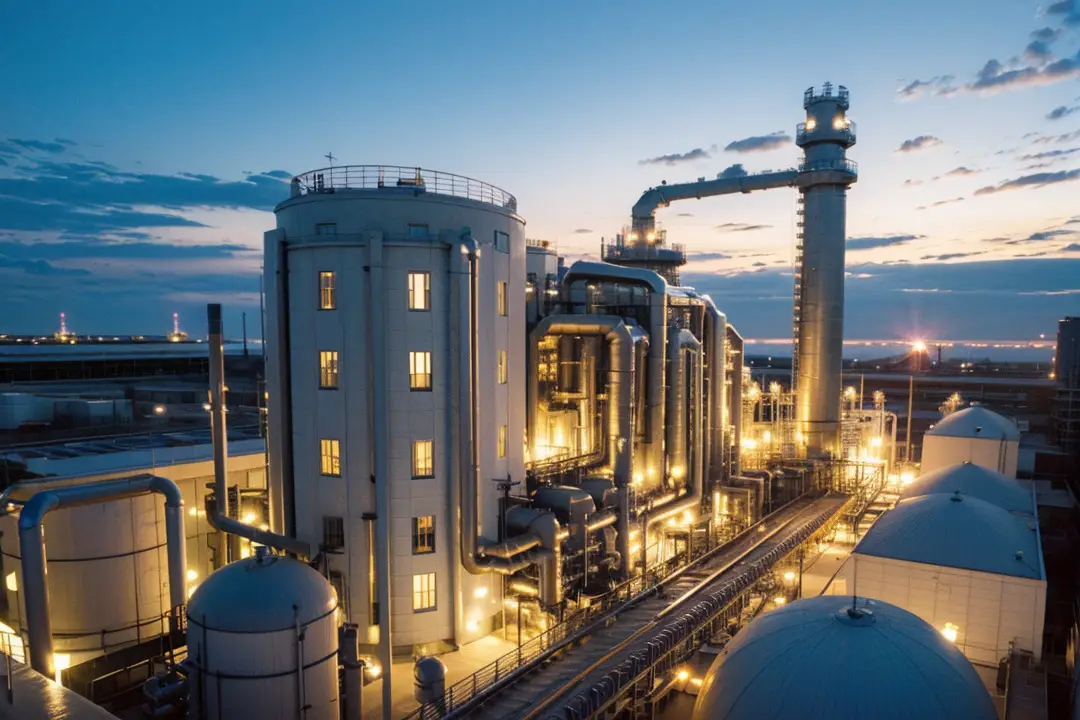

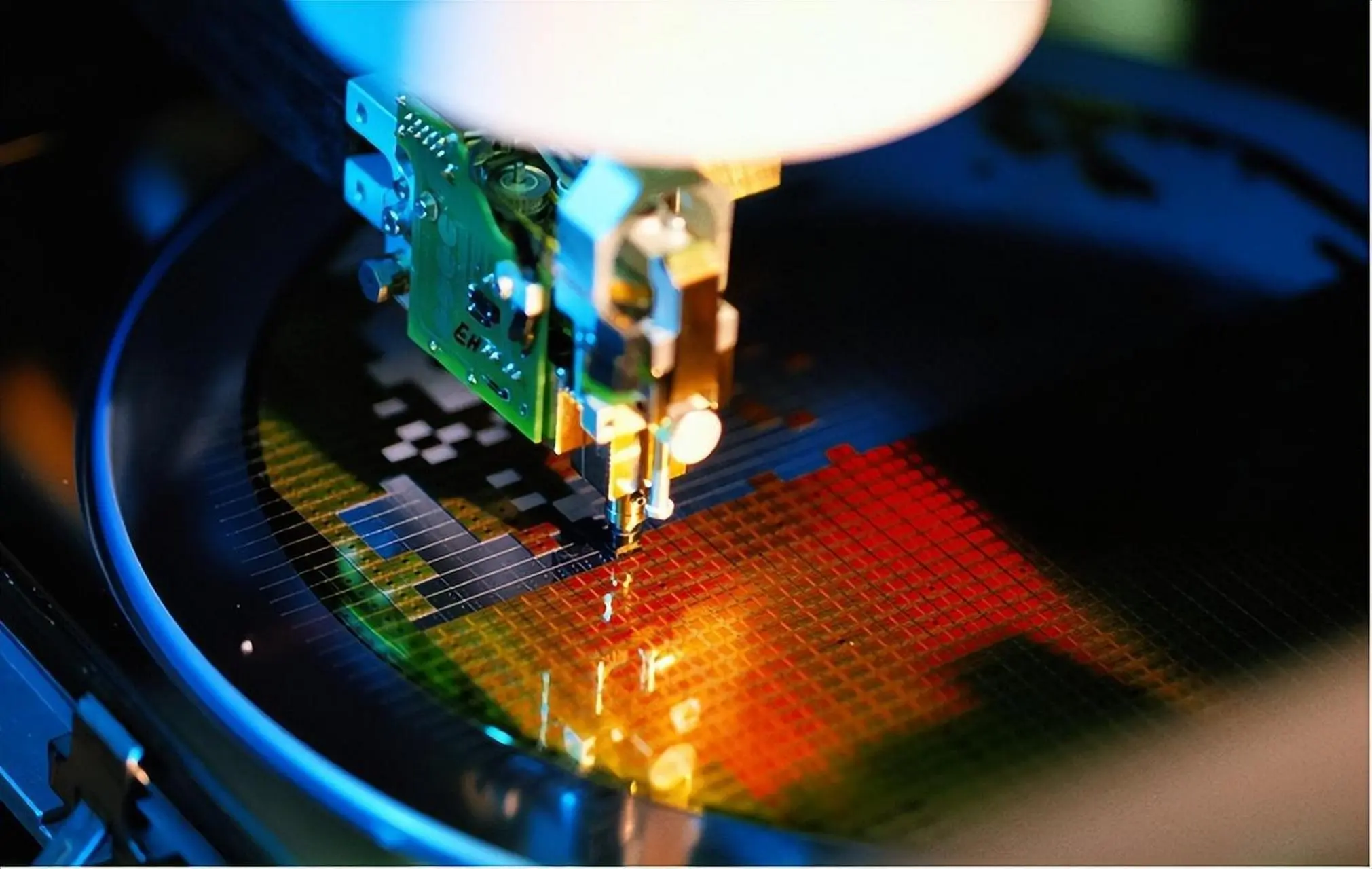


Forms and grades of aluminum oxide ceramics
To Good Ceramics offers various grades and forms of customized alumina ceramics to meet the needs of different industries:
96 Aluminum Oxide Ceramics
96 Alumina ceramics are high-performance ceramic materials composed of 96% alumina (Al₂O₃), which are widely used in industrial manufacturing, electronics, electrical engineering, machinery, and medical fields due to their excellent mechanical properties, wear resistance, and chemical stability.
Main features
Main application areas
Production process and processing
96 Alumina ceramics are usually made from high purity alumina powder by pressing and high temperature sintering. The finished product has a dense and uniform microstructure. Due to their high hardness, they are difficult to machine and often require specialized precision ceramic machining techniques such as diamond grinding and laser machining.
99 Aluminum Oxide Ceramics
99 Alumina ceramics are high purity ceramic materials with alumina (Al₂O₃) content as high as 99%, which belongs to advanced ceramics. Due to the high purity, 99 alumina ceramics have excellent physical, mechanical and electrical properties and are widely used in high-end industrial fields and precision electronic equipment.
Main features
major application
production and processing
99 Alumina ceramics are usually made from high purity alumina powder, precision molded and sintered at high temperatures. Its high density and homogeneous microstructure ensure excellent performance. Due to its extremely high hardness, machining usually requires the use of diamond tools and advanced machining techniques.
99.7% Alumina Ceramic
99.7% alumina ceramics are high purity alumina ceramics with an aluminum content of approximately 99.7%. Its high chemical purity gives it excellent mechanical strength, wear resistance, electrical insulation and thermal stability, and it is commonly used in high-end industrial and electronic applications where reliability, cleanliness or electrical insulation are critical.
Main features
typical application
Production process and processing
99.7 Alumina ceramics are made from high purity alumina powder, which is subjected to advanced isostatic pressing, high temperature sintering and hot isostatic pressing (HIP) processes to obtain a dense and uniform material structure. Due to the extremely high hardness of the material, advanced machining techniques such as diamond grinding, ultrasonic machining, and laser cutting are often used to ensure precision and surface quality.
Black Aluminum Oxide Ceramic Substrate
Black alumina ceramic substrate is a high-performance ceramic electronic substrate made of alumina (Al₂O₃) as the substrate and doped with black colorant. Black alumina ceramic substrate has excellent mechanical strength, thermal stability, electrical insulation and unique black surface characteristics, widely used in electronic packaging, heat dissipation, high frequency electronic equipment and other fields.
Main features
typical application
production process
Black alumina ceramic substrates are usually made of high-purity alumina powder uniformly mixed with black colorant, molded by dry pressing or casting process, and then sintered at high temperature. Their surfaces can be precision machined and polished to meet the stringent dimensional and surface quality requirements of electronic packaging. Some products also feature special coatings to enhance electrical performance and durability.
Alumina ceramic material properties - technical data
The following lists the performance parameters of only the three most common types of alumina ceramics, which are usually made up of these types of alumina ceramics.
mechanical property
| characterization | staircase (for residential buildings) | 95 % Aluminum Oxide | 99 % Aluminum Oxide | 99.5 % Aluminum Oxide |
| color | -- | white | yellow | yellow |
| intensity | g/cm3 | 3.7 | 3.85 | 3.9 |
| durometer | gigapascal (unit of pressure) | 13.7 | 15.2 | 15.7 |
| compressive strength | megapascal (unit of pressure) | 2000 | 2160 | 2350 |
| bending strength | megapascal (unit of pressure) | 280 | 310 | 350 |
| Fracture toughness | megapascal (unit of pressure)1/2 | 3~4 | 3~4 | 4.5 |
| modulus of elasticity | gigapascal (unit of pressure) | 320 | 360 | 370 |
| Percentage of fish | -- | 0.23 | 0.23 | 0.23 |
thermodynamic property
| characterization | staircase (for residential buildings) | 95 % Aluminum Oxide | 99 % Aluminum Oxide | 99.5 % Aluminum Oxide |
| Maximum operating temperature | ℃ (no load) | 1650 | 1650 | 1650 |
| Thermal conductivity at 20°C | W/(M. Kelvin) | 24 | 29 | 32 |
| Thermal expansion at 20-400°C | 1× 10-6 /C | 7~8 | 7~8 | 7~8 |
| specific heat | Joule/(kg/Kelvin) | 780 | 790 | 780 |
| thermal shock resistance | ℃ (into the water) | 200 | 200 | 200 |
Electro-mechanical properties
| characterization | staircase (for residential buildings) | 95 % Aluminum Oxide | 99 % Aluminum Oxide | 99.5 % Aluminum Oxide |
| dielectric constant | 1 MHz | 9.4 | 9.9 | 9.9 |
| dielectric strength | Volt/meter | 15 x 106 | 15 x 106 | 15 x 106 |
| dielectric loss | 1 MHz | 4 x 10-4 | 4 x 10-4 | 4 x 10-4 |
| Volume resistivity @ 25°C | ohm-cm | >10 14 | >10 14 | >10 14 |
| Volume resistivity @ 500°C | ohm-cm | >10 8 | >10 8 | >10 10 |
*The above values are typical material properties and may vary depending on product configuration and manufacturing process. For more details, please feel free to contact us.
Alumina Ceramic Parts Application Examples
Alumina ceramics combine high hardness, excellent electrical insulation, thermal stability, and chemical resistance, making them versatile materials for many industrial applications. The following are some of the most common and influential use cases for alumina ceramic parts in a variety of fields:
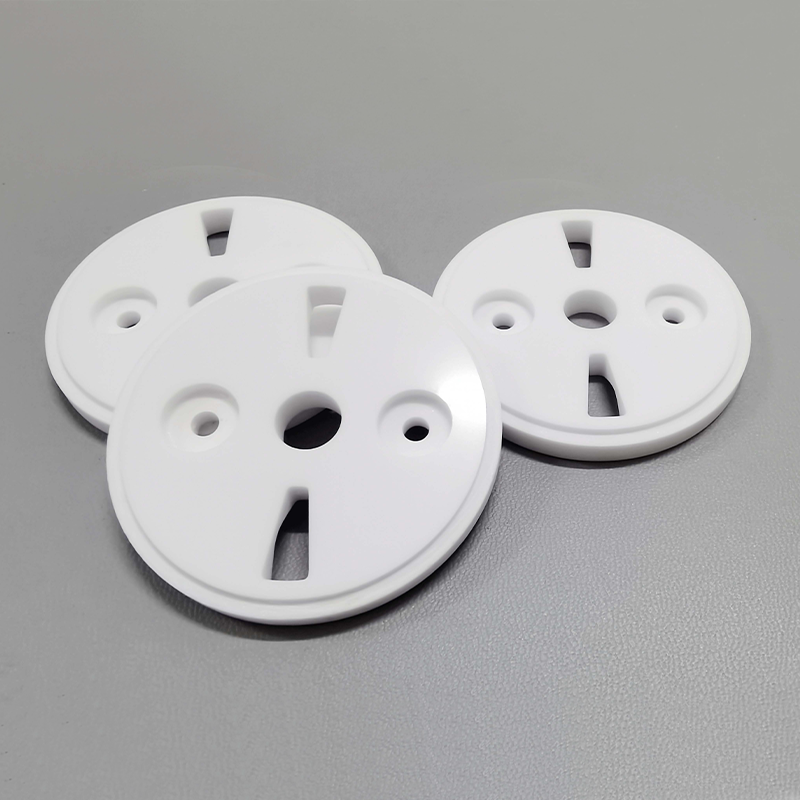
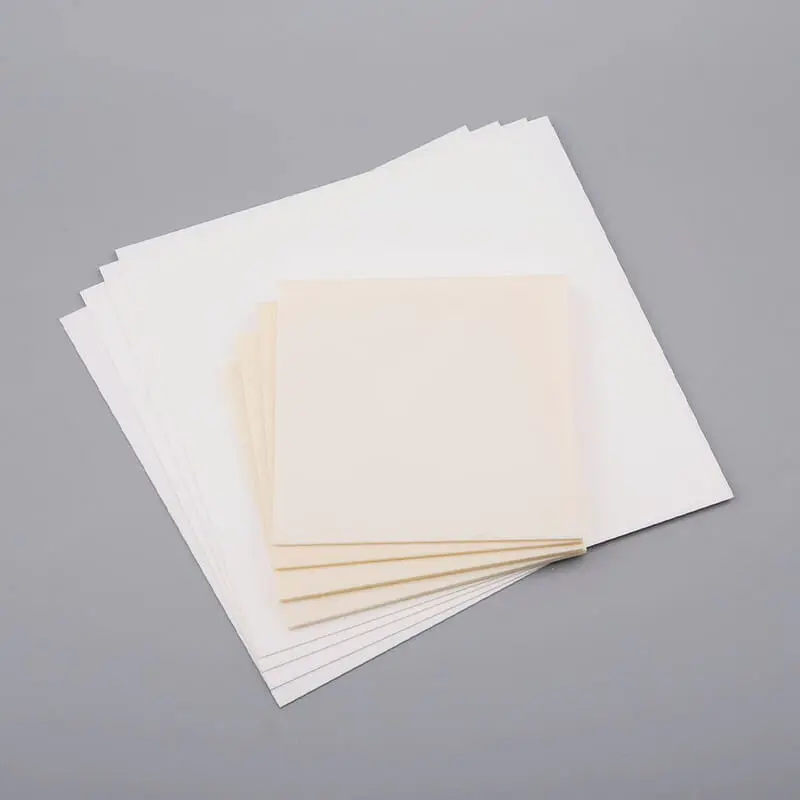


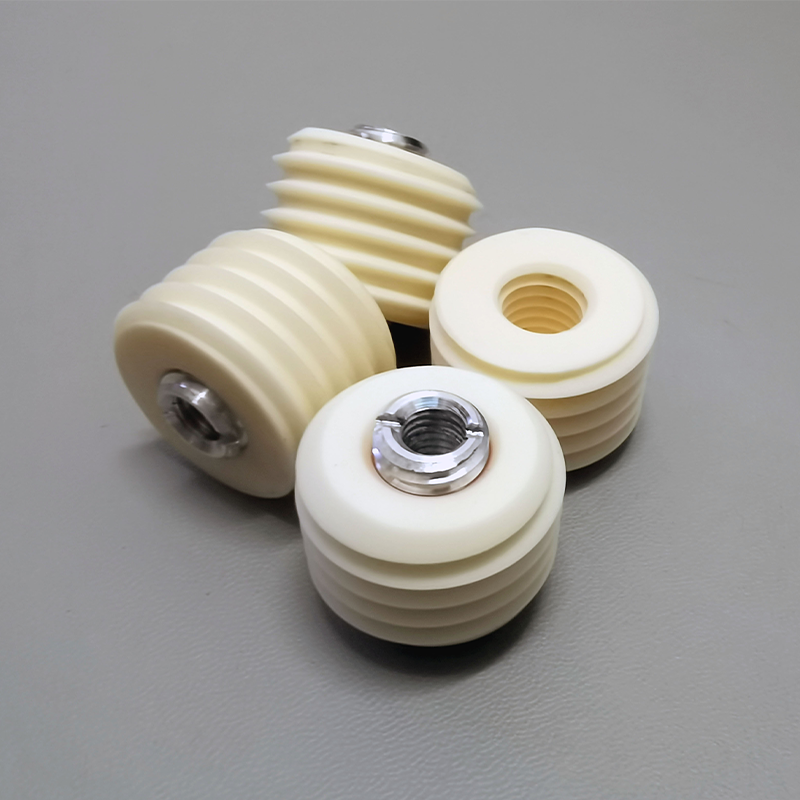

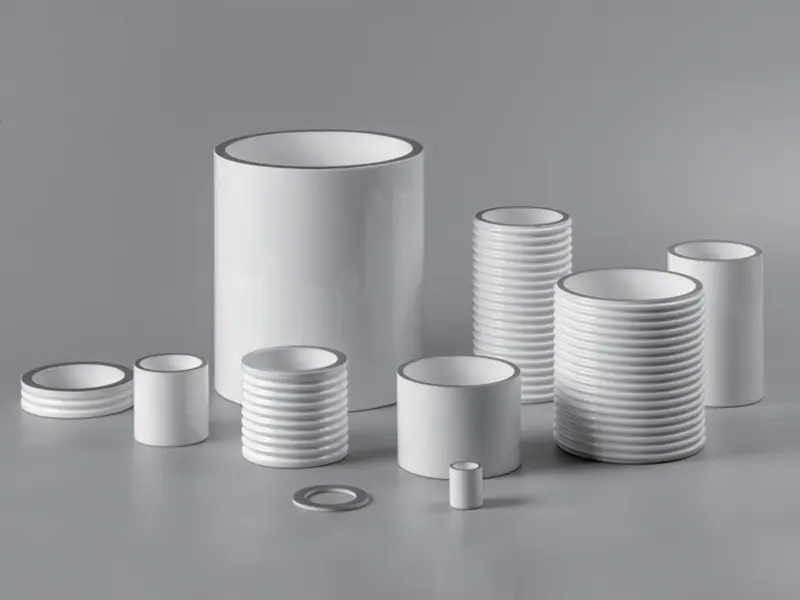

Alumina Ceramics Processing Capability
Good Ceramics offers alumina materials in purities ranging from 92% to 99.9%, with 99% being the most commonly used purity. Alumina can be molded by a variety of methods, including injection molding, molding, isostatic pressing, slurry molding, and extrusion.
Sintering is a critical step in the manufacturing process of alumina ceramics. High-temperature sintering densifies the material but also causes the material to shrink by approximately 201 TP3 T. This shrinkage makes it difficult to achieve precise final dimensions during blank machining, and therefore requires precision machining after sintering to meet stringent dimensional and shape requirements. However, densely sintered alumina ceramics are extremely hard and require precision grinding and shaping with super-hard tools such as diamond abrasives.
At Chiho Ceramics, we have a wide range of precision ceramic machining equipment to meet the demand for manufacturing complex structures and high-precision parts.
With advanced processing equipment and rich technical accumulation, we are able to provide customers with full-process solutions from material selection, design optimization to customized processing, and help them achieve high-quality alumina ceramic products.
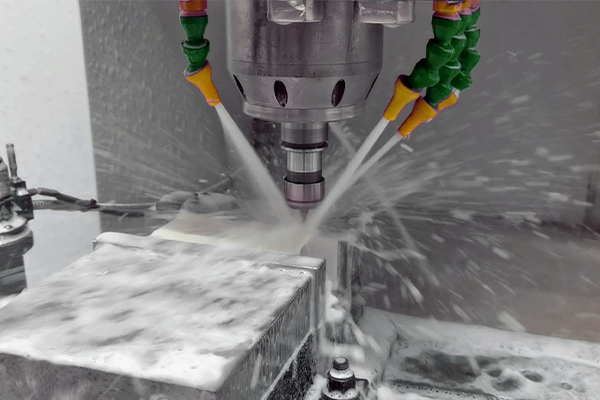
CNC grinding and milling
CNC milling, turning and grinding to the highest dimensional tolerances down to the micron level.
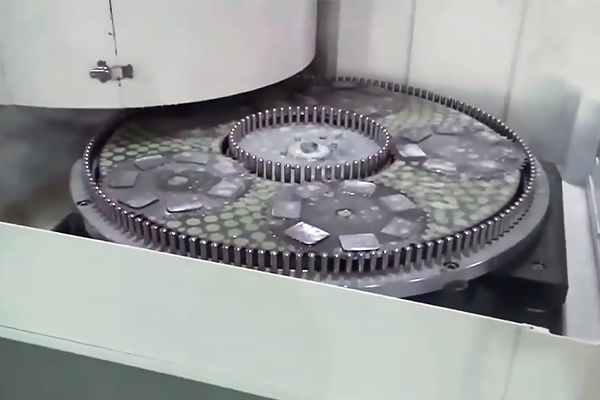
Grinding and polishing
Surface polishing results in smooth surfaces and optical grade surfaces.
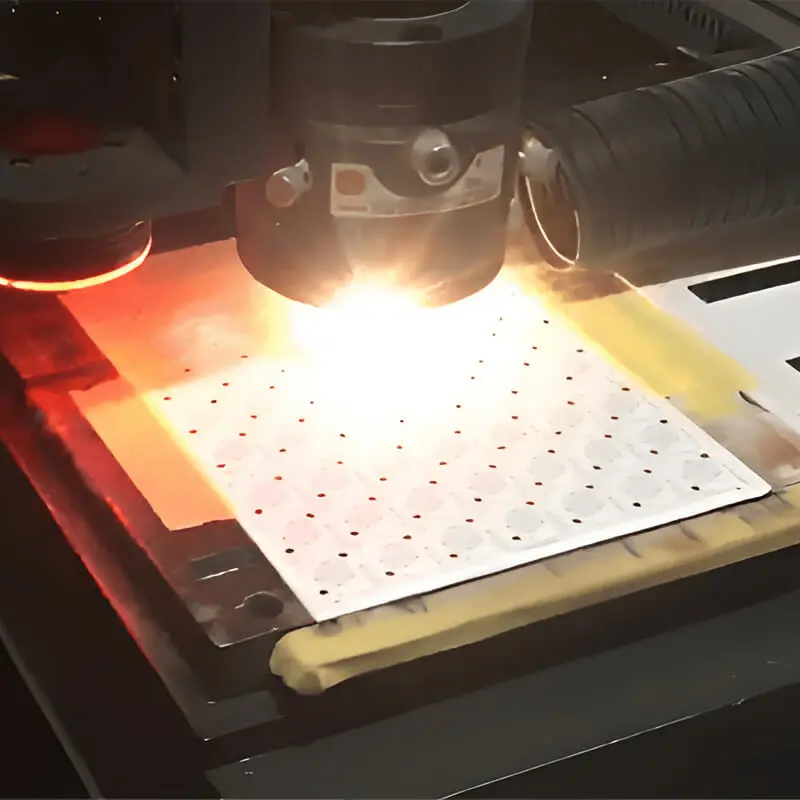
Ceramic Laser Cutting
Laser drilling and cutting of complex geometries for ceramic substrates.

Metallization and welding
Metallization (Mo/Mn, W) for ceramic-to-metal brazing.
common problems
Related Products
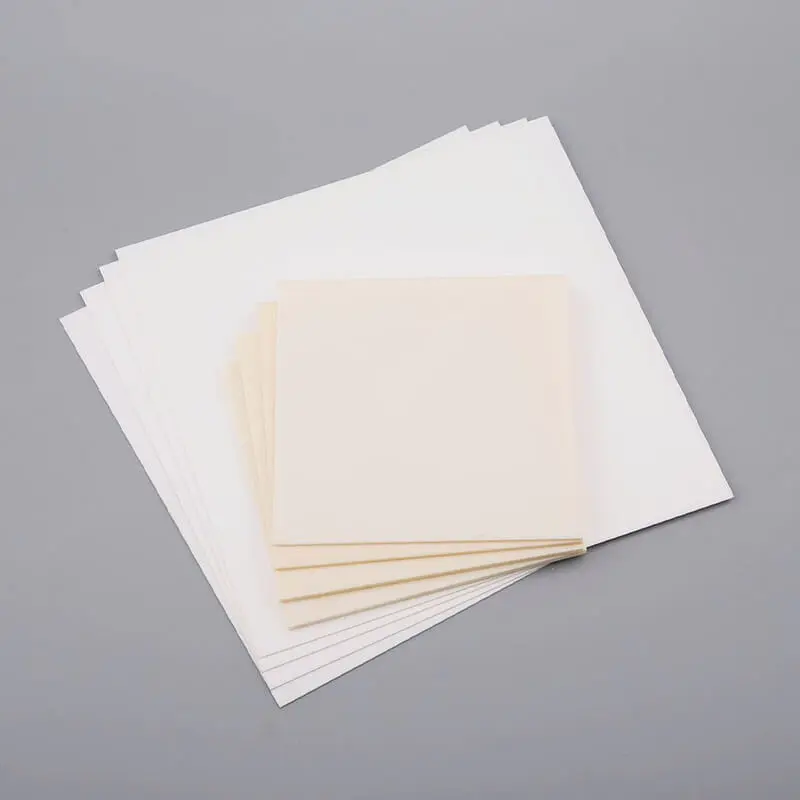
Aluminum oxide ceramic substrates

Black Aluminum Oxide Substrate
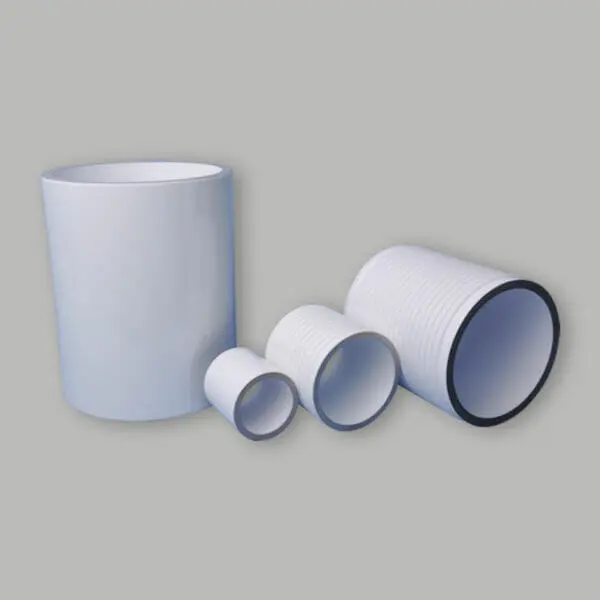
Metallized ceramic parts

Ceramic and metal brazed assemblies
Advanced Ceramics Manufacturing Specialist




